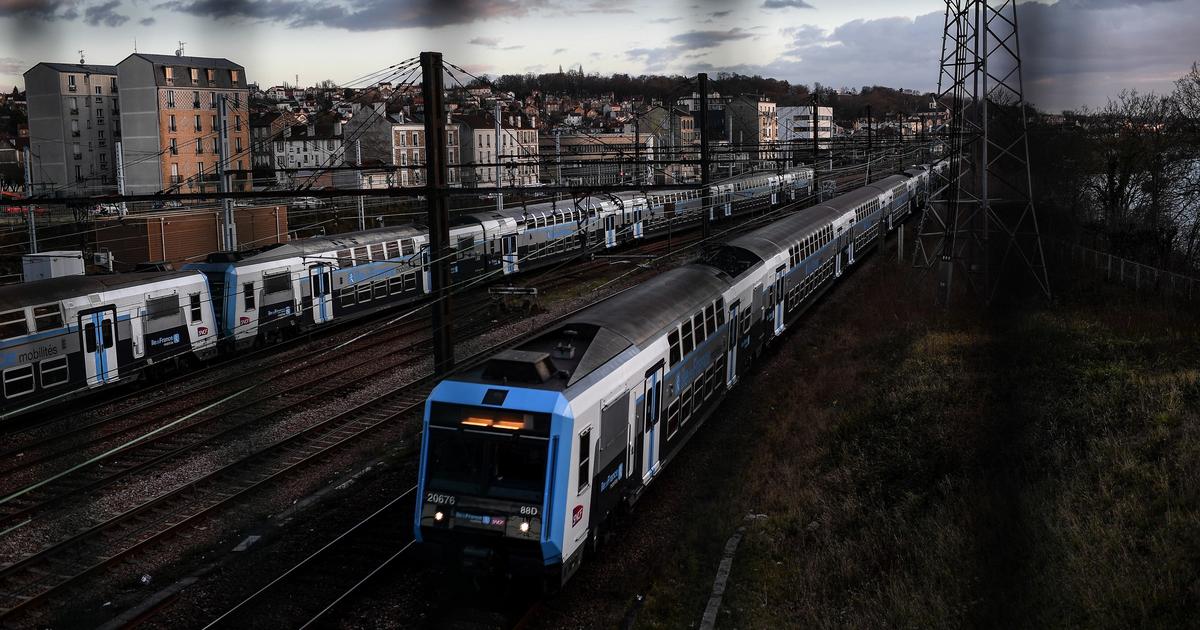Soon RER elsewhere than in Paris.
Emmanuel Macron announced in a YouTube video on Sunday that he wanted to duplicate the Parisian network of urban trains in ten major French cities - without specifying which ones.
This new rail network would be added to that of the TER, Intercités, TGV and metros in certain metropolises.
What are the differences between all these rail transports?
What more would an RER bring to Lyon, Strasbourg or Lille?
Le Figaro
takes stock.
To discover
Prime Macron 2022: conditions, amount, date of payment... how does it work?
Firstly, the RER (regional express networks), also called SEM in the region (metropolitan express services), are woven on a regional scale.
They thus differ from long-distance trains, with national lines, such as TGV (high-speed trains) and Intercités.
The metros, compared to the RERs, cover agglomerations, and have “
a finer service, with closer stations, and a higher frequency
”, explains Lucile Ramackers, mobility expert at Capgemini Invent.
There are today in six French cities: in Paris, Marseille, Lyon, Lille, Toulouse and Rennes.
Read alsoTicket prices, train frequency … The CEO of SNCF, Jean-Pierre Farandou, explains
Like the RER, the TER (regional express trains) are "
everyday trains
", financed by the region, it is pointed out to the SNCF.
Two things, however, set them apart.
On the one hand, the RER offer "
a regular service, that is to say trains at regular intervals throughout the day, with a frequency of less than an hour
", explains Michel Quidort, vice-president of the National Federation of associations of transport users (FNAUT).
The TER, for their part, are much less numerous to circulate each day.
"
On the classic SNCF lines, you have periods when you cannot run a train, because there are maintenance slots in particular
", notes Lucile Ramackers.
“Diametric” RERs
On the other hand, the RER circulate on lines that are called "
diametricalized
" in the jargon.
In other words, today, on the Ile-de-France RER, the terminals are not in the center of Paris, but in the suburbs.
The lines are transverse and cross the capital from one side to the other.
Unlike the TER, which most often end their journey in metropolitan areas.
Lucile Ramackers takes the example of Lyon: “
Today, most lines have their terminus at Lyon Part Dieu or Lyon Perrache station.
A future RER could for example link Bourg-en-Bresse to Saint-Etienne.
"A new network that could"
interest different types of travellers, in particular the inhabitants of outlying towns, by making it possible to connect destinations located in the suburbs
,” says the consultant.
Read alsoRER in the provinces: the hassle of commuters soon throughout France?
Finally, there is a network in Ile-de-France called Transilien.
Like “
TER
”, “
TGV
” and “
Intercités
”, it is a commercial brand belonging to the SNCF.
“
With the opening up of rail transport to competition, this may change over time
,” adds Lucile Ramackers.
Their difference from the RER lies in the fact that the Transilien "
do not cross Paris and have their terminus in a Parisian station
", specifies the mobility expert.
They are therefore closer to the TERs, “
whose brand does not exist in Ile-de-France, apart from the TERs of the neighboring regions which enter there
”, adds Michel Quidort.









